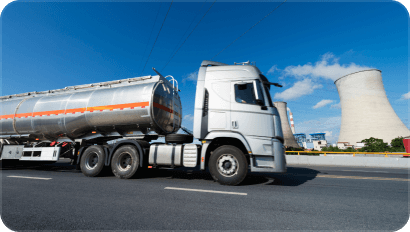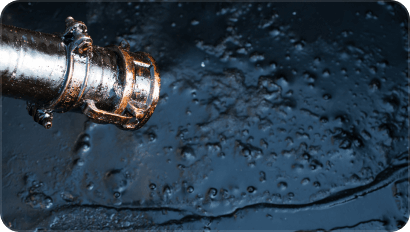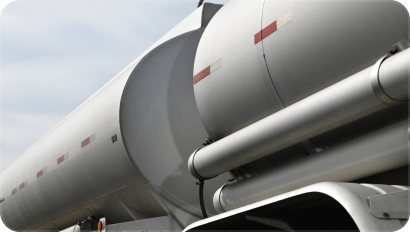Introduction
Oil is one of the most essential commodities in the global economy, powering industries, transportation, and daily life. However, the process of extracting crude oil from the earth and transforming it into usable products like gasoline, diesel, and plastics is complex and involves multiple stages. From exploration and drilling to refining and distribution, each step plays a crucial role in ensuring that oil reaches consumers efficiently and safely. This articleexplores the journey of oil from its initial discovery to its final consumption.
Exploration and Drilling
The process of oil production begins with exploration, where geologists and energy companies search for underground oil reserves. Using advanced technology such as seismic surveys, satellite imaging, and geological mapping, scientists identify potential oil-rich areas. Once a promising site is found, test drilling is conducted to determine the quality and quantity of the crude oil beneath the surface.
If the reserve proves viable, full-scale drilling begins. Depending on the location, drilling operations may take placeon land (onshore drilling) or in the ocean (offshore drilling). Offshore drilling involves constructing large platforms that can reach oil deposits beneath the seafloor, a highly complex and expensive process. Once oil is successfully extracted from the well, it is transported for processing.
Transportation and Storage
After extraction, crude oil must be moved from the drilling site to refineries for processing. Transportationmethods vary depending on the location and infrastructure available. Oil is commonly transported through:
- Pipelines – The most efficient and cost-effective method for transporting oil over long distances. Pipelines connect oil fields to refineries, ports, and storage facilities.
- Tanker Ships – Large crude oil tankers move vast quantities of oil across oceans, facilitating global trade.
- Rail and Trucks – Used for transporting oil to areas not accessible by pipelines or ships, though less efficientthan other methods.
Once oil reaches storage facilities, it is held in large tanks until it is ready for refining. Strategic reserves are alsomaintained by governments to ensure a steady supply during emergencies or disruptions in production.
Refining and Processing
Crude oil in its natural state is not directly usable; it must undergo refining to be transformed into various petroleum products. Refineries use a process called fractional distillation, where oil is heated to separate it into different components based on their boiling points. The main refined products include:
- Gasoline – Used as fuel for cars and motorcycles.
- Diesel – Powers trucks, buses, and some industrial machinery.
- Jet Fuel – Essential for aviation.
- Liquefied Petroleum Gas (LPG) – Used for heating, cooking, and industrial applications.
- Asphalt and Petrochemicals – Used in road construction and plastic manufacturing.
After refining, additional chemical processes such as cracking and blending may be used to improve the quality offuel or create specialized petroleum-based products. Once refined, the final products are ready for distribution.
Distribution and Retail
Refined oil products must now be delivered to consumers and businesses. The distribution network includes:
- Pipelines and Trucks – Transport gasoline, diesel, and other fuels to storage terminals near cities.
- Fuel Stations – The most visible part of the supply chain, where gasoline and diesel are sold to consumers.
- Industrial and Commercial Supply – Factories, airlines, and shipping companies receive direct fuel deliveries to power their operations.
Governments regulate fuel quality and pricing in many countries to maintain stability and ensure environmental standards are met. Oil prices are also influenced by global market trends, OPEC production decisions, and geopolitical factors.
Consumption and End Use
Once oil reaches consumers, it is used in various ways, fueling transportation, manufacturing, and even everyday household products. The largest portion of refined oil is consumed in transportation, powering cars, trucks, airplanes, and ships. Industries also rely on oil-based products for machinery, construction materials, and plastic production.
However, the growing focus on renewable energy and sustainability is influencing the consumption of oil. Electric vehicles, alternative fuels, and environmental regulations are gradually reshaping how oil is used, with a shift toward cleaner energysources in the future.
Conclusion
The journey of oil from underground reservoirs to end consumers is a highly coordinated and technologically advanced process. It involves multiple stages, from exploration and drilling to refining and distribution, ensuring that oil-based products reach industries and households worldwide. While oil remains a vital energy source, the industry is adapting to global changes, balancing efficiency with sustainability. Understanding the process behind oil consumption helps consumers and businesses appreciate the complexity of the energy sector and the challenges it faces in the modern world.


